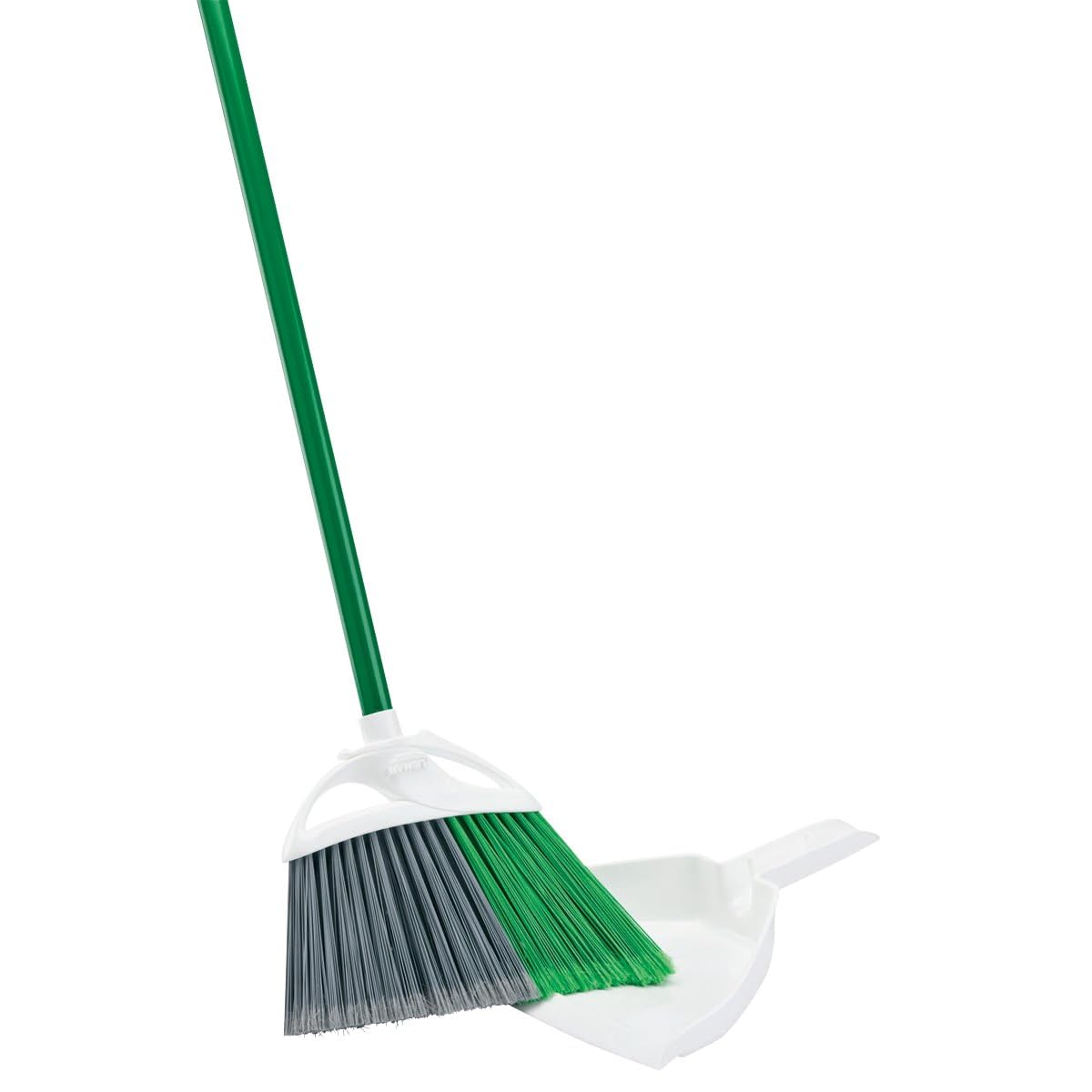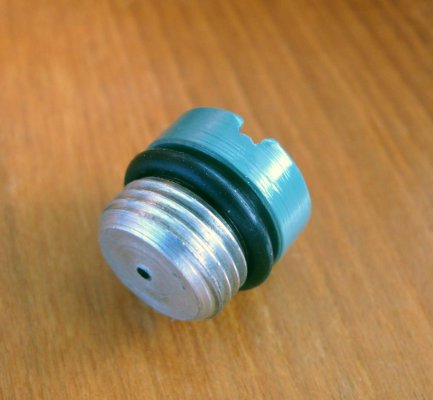We have two 1973 vintage FL120s in our boat, something under 3000 hours. We've had the boat 14 years now. Both engines smoke (blue) on cold startup. If FL120s don't do this there is something wrong with them.

The blue smoke on startup is the burning off of lube oil that has seeped down along the valve stems and gotten into the cylinders.
But the exhausts clean up after about three minutes or so. After that there is no smoke in the exhaust although on cooler, high-humidity days there is steam (white).
The CAV/Minemec/Simms in-line injection pumps use lube oil to lubricate the drive mechanism in the lower part of the pump. The injection plungers themselves are lubed in their bores by the fuel they are pumping. (Which is why fuel lubricity is so important to "jerk injection" engines like these.)
The injection plungers and the bores they run in wear over time. It's just the nature of the beast, although wear can be accelerated if the fuel has low lubricity. As the plungers and bores wear, a bit of the fuel they are sending to the injectors can leak down past the plungers at which point it ends up in the lube oil down below and starts to dilute it. The more the plungers and bores wear the more fuel leaks past and the more the lube oil gets diluted.
This is why there is a 50-hour injection pump oil change requirement in the manual. As the lube oil is diluted with fuel its lubrication qualities are diminished. The 50-hour oil change interval is intended to ensure that the pump's drive mechanism always has sufficient lubrication even if the fuel leak-down is approaching the "do something about it" point.
Because the plungers and their bore walls are wearing down, this is gradually reducing the "power" of the injection stroke. While you can't compress a fluid, it's as though the compression ratio in the top of the bore is being reduced due to the wear. So the "shots" going to the injectors get weaker and eventually this starts to manifest itself in various ways--- hard starting, uneven running, etc.
But...... the dilution of the lube oil itself in the injection pump will not have any effect on what is going on in the engine's six combustion chambers. if you are getting a serious amount of oil dilution this means the pump is nearing the need for an overhaul although I would be surprised if this was the case with an engine with only 2,000 hours on it, unless the engine has been abused. Also, if the pump oil has not been changed for a long, long time (as opposed to every 50 hours) the amount of fuel in the lube oil could be significant as it has been leaking down in tiny quantities for a long time.
Gray smoke indicates (I think) improper combustion. Blue smoke is lube oil being burned in the cylinders and black smoke is too much fuel being forced into the cylinders. Gray may indicate a bad injector pattern or something else that affects the even-ness or timing of the combustion process.
If it was our engines that were smoking gray while running I would be on the phone to our diesel shop to find out what the cause might be and get them to fix it.
With regards to your injection pump, is the lube oil being changed religiously every 50 hours? If it is and there is still a significant amount of fuel the oil come the next 50 hour change then the pump may need an overhaul. If the oil has not been changed religiously every 50 hours, start doing that and see how much dilution there is at the end of the first 50 hour interval. There will be some but it should not be much.
Bu the only relationship between the dilution of the lube oil in your injection pump and the gray smoke in your exhaust that I can think of is if the plungers and bores have worn so much in the pump that the injection pressure is starting to be affected and the combustion characteristics in one or more cylinders is not what it should be.
But with only 2,000 hours on what has a reputation for being a 12,000 to 14,000 hour engine in properly operated, properly serviced, properly maintained recreational boat service, I would suspect an issue with one or more injectors, not so much an issue with the pump.
But talk to a good diesel shop that has a lot of experience with FL120s. Or you can call Bob or Brian Smith at American Diesel and see how they diagnose the possible causes of gray smoke in the exhaust. They're the world's Lehman experts.
Light smoke can also be an indication of a head gasket problem, but I'm thinking this would be manifesting itself in other ways, too, like coolant getting into the engine's lube oil and turning it to chocolate milk along with a coolant level reduction in the header tank.
Let us know what you find out.




